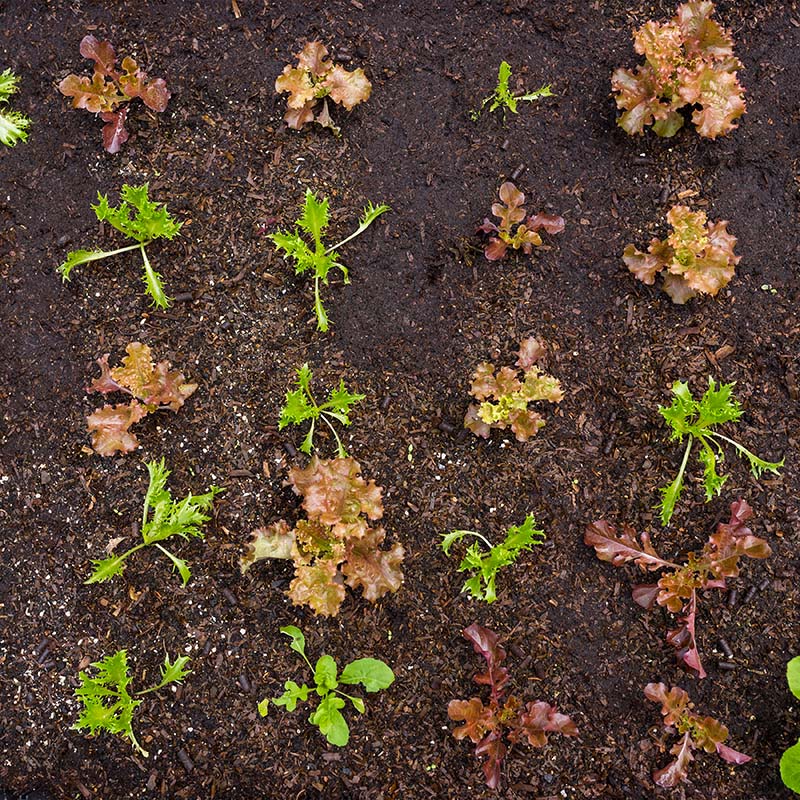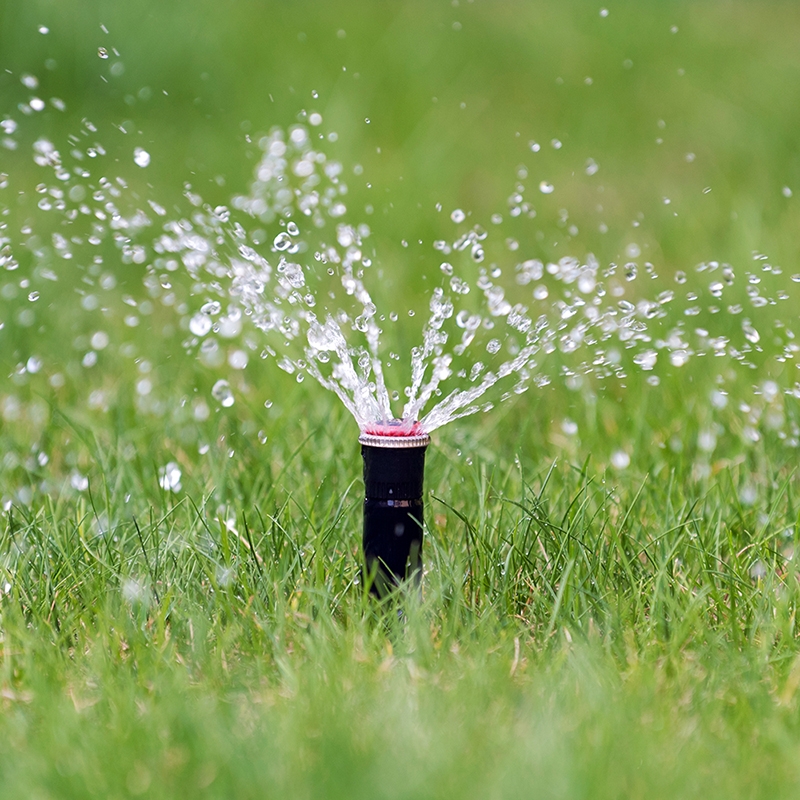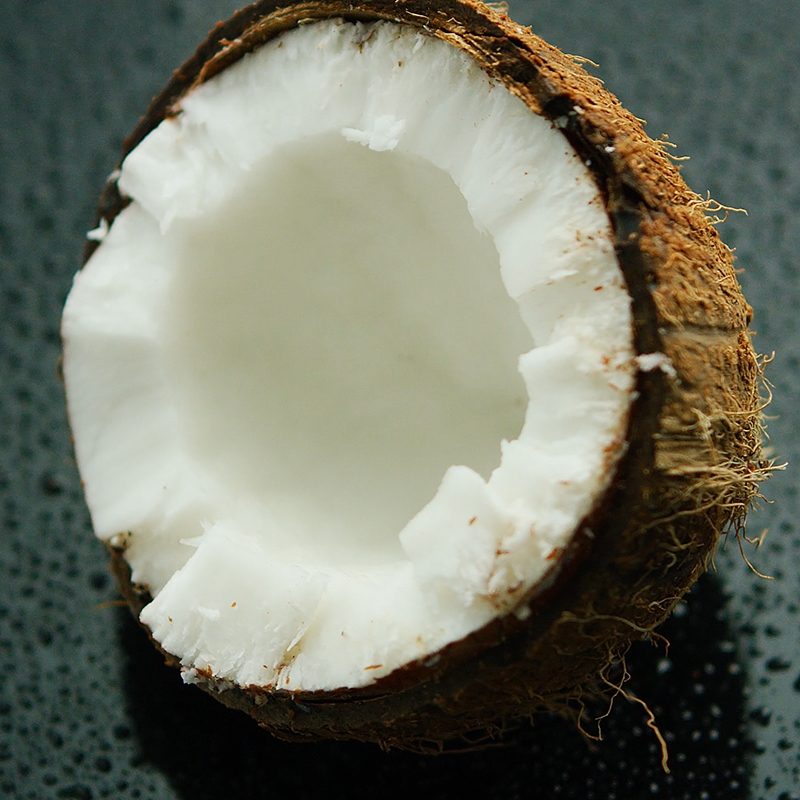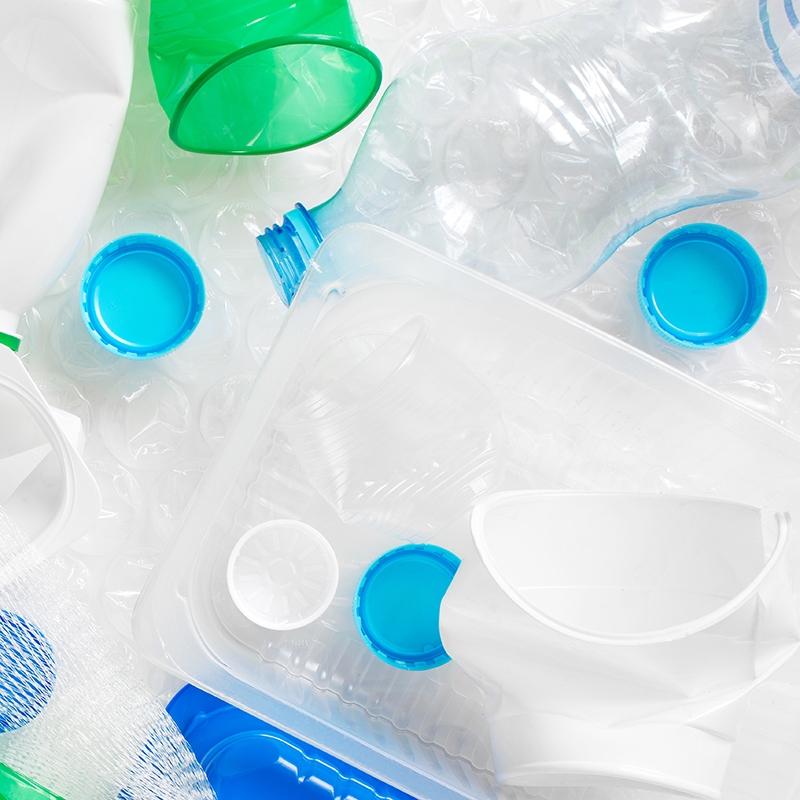Plant Biomass as Alternative to Plastic Insulation
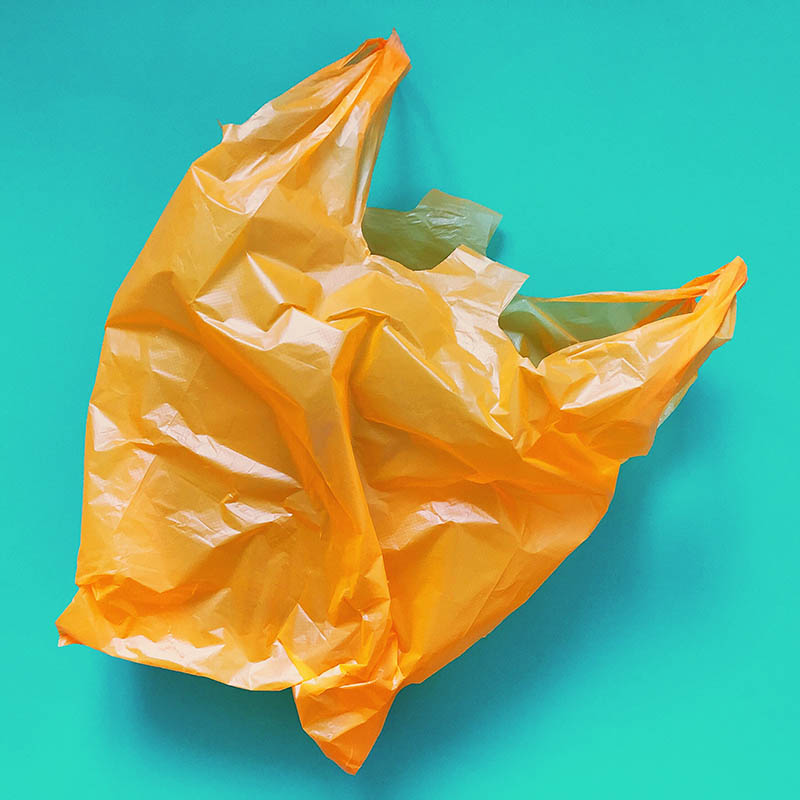
By: Tony N.Year: 2022School: Westminster HighGrade: 11Science Teacher: Huy Pham Plastic usage has become prevalent in today’s society, especially with the packaging of goods, from perishable items such as food and nonperishable items such as toys. However, despite their affordability, plastics have served as pollutants that harm the environment. Tony intended to utilize plant biomass …




